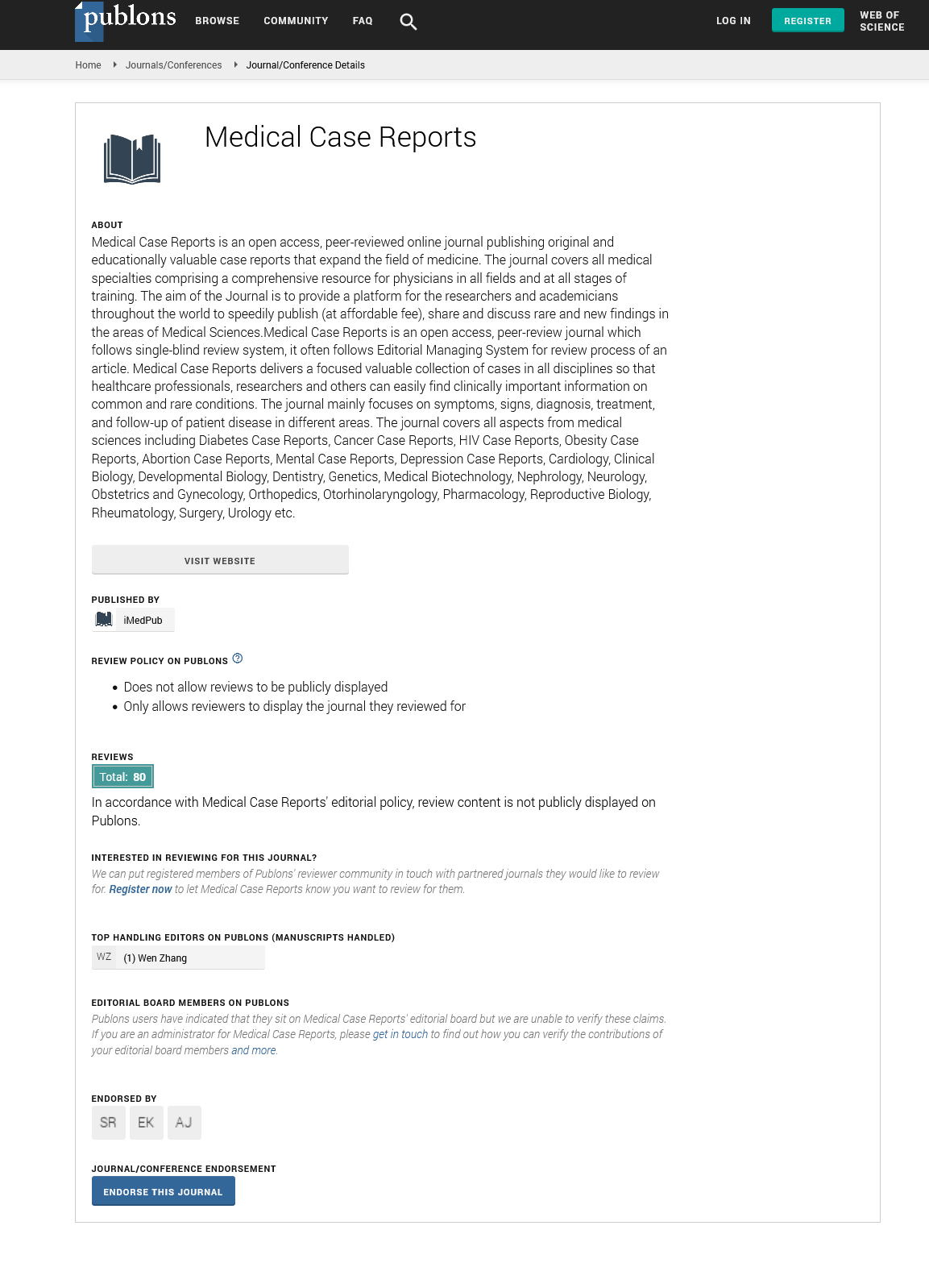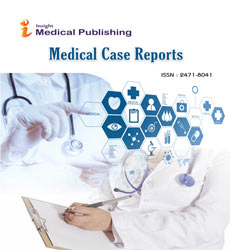Abstract
Therapeutic effects of tranexamic acid cream 3% versus hydroquinone cream 4% for epidermal melisma: Case series
Statement of the Problem: Melasma is an acquired hypermelanosis on sun-exposed skin, especially face, manifested as symmetrically distributed macules and patches. Hydroquinone (HQ) is gold standard treatment for melasma. However, disadvantage of hydroquinone are ochronosis, and potential of recurrence. Tranexamic acid (TA) is able to prevent melanocyte activation. The purpose of this study: To compare therapeutic effects of TA cream 3% and HQ cream 4% for epidermal melasma. Methodology and Theoretical Orientation: Case series assessing therapeutic effects of topical TA cream 3% versus HQ cream 4%. Female patients age 36 to 58 year-old diagnosed with epidermal melasma, were randomly assigned into TA treatment (4 patients) and HQ treatment (4 patients). All patients applied treatment daily for 12 weeks at night. Severity of melasma was measured using modified Melasma Area Severity Index (mMASI) and melanin index (MI) and erythema value using Mexameter® at baseline, week 4, 8, and 12. Findings: At baseline, mean mMASI of TA and HQ were 2.35 (range 1.5-3.7) and 2.27 (range 1-3.7), respectively, as mean MI of TA and HQ group were 290.75 (range 256-315) and 287.5 (range 197- 367), respectively. At week 12, mMASI of TA and HQ were decrease 0.87 point (0.5-1.1) and 0.72 point (0.5-0.9), respectively. MI of TA and HQ at week 12 were decrease 57 point (38-87) and 46.25 point (22-76) from baseline, respectively. Side effects in TA and HQ groups were erythema, which more found in HQ group. Conclusion and Significance: Tranexamic acid cream 3% and HQ cream 4% are effective decreasing mMASI and MI in epidermal melasma. Tranexamic acid 3% cream can be considered as an alternative treatment for epidermal melasma.
Author(s):
Yuli Kurniawat
Abstract | PDF
Share this

Google scholar citation report
Citations : 241
Medical Case Reports received 241 citations as per google scholar report
Medical Case Reports peer review process verified at publons
Abstracted/Indexed in
- Google Scholar
- China National Knowledge Infrastructure (CNKI)
- Cosmos IF
- Directory of Research Journal Indexing (DRJI)
- WorldCat
- Publons
- Secret Search Engine Labs
- Euro Pub
Open Access Journals
- Aquaculture & Veterinary Science
- Chemistry & Chemical Sciences
- Clinical Sciences
- Engineering
- General Science
- Genetics & Molecular Biology
- Health Care & Nursing
- Immunology & Microbiology
- Materials Science
- Mathematics & Physics
- Medical Sciences
- Neurology & Psychiatry
- Oncology & Cancer Science
- Pharmaceutical Sciences


